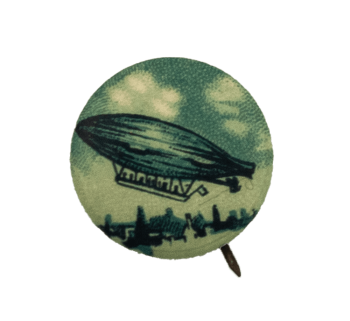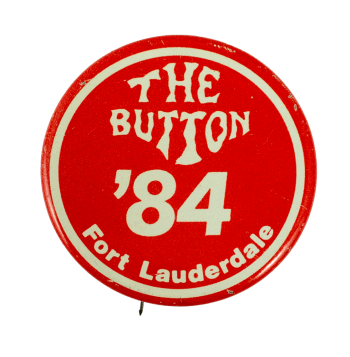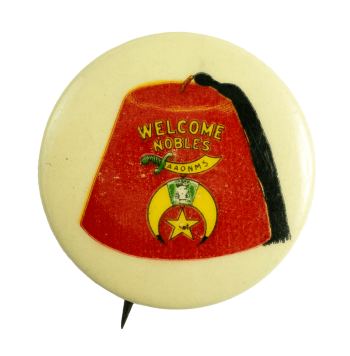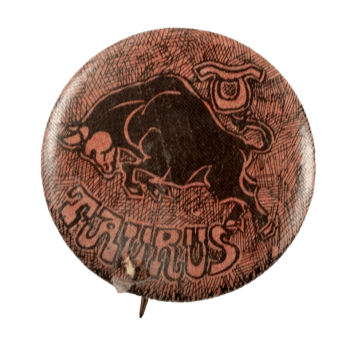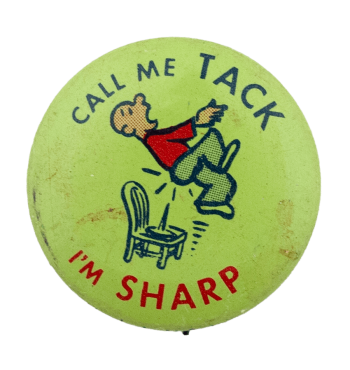| Image Description |
Illustration of a red box of sugar with arms, legs, and a face on a peach-colored background with red and blue text; the sugar box is wearing a skirt and has a dainty, "refined" expression on its face |
| Additional Information |
According to John Pollack, the 1995 O. Henry Pun-Off World Champion, "the most common type of pun is the humorous use of a word in such a way that because of its sound, you can interpret it in more than one way." "Call Me Sugar, I’m Refined" is a pun on the word "refined," also meaning "elegant" and "cultured." Puns and wordplay have a long history of use, notably with Shakespeare in the 18th century (Shakespeare is known to have used over 3,000 puns across all of his plays!). The exact date of the first pun used is lost to time, but scholars think puns can be traced as far back as the 8th century BC. Punning can be seen throughout the classic epic of Gilgamesh. In Tablets 11 and 12, when Utnapishtim tells the people that they will have a bountiful harvest full of bread and wheat, he is making a cruel pun relating to their fate; in Akkadian, the ancient language in which Gilgamesh was written, the word for "bread" is nearly identical to the word for "darkness," while the word for "wheat" is nearly identical to the word for "misfortune." According to Pollack, puns enable us "to pack more meaning, or more layers of meaning, into fewer words [and] to convey complex ideas." |

